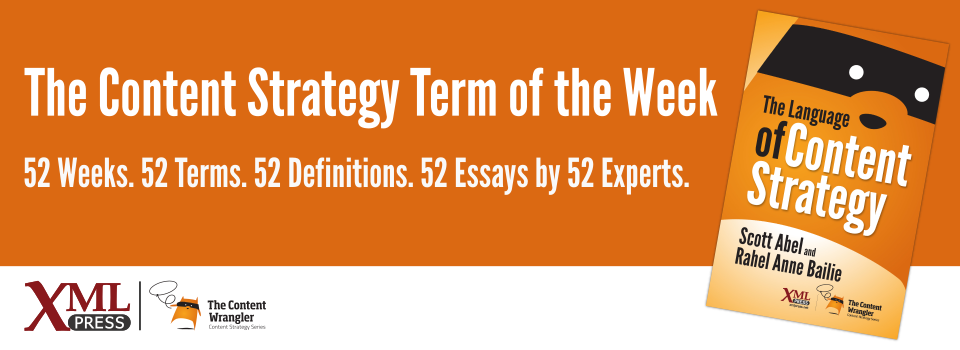What is it?
An expansion of the content inventory to track the progress of each piece of content through the stages of a project or content lifecycle.
Why is it important?
Allows for at-a-glance tracking of content states, behaviors, locations, and connections. Done well, the matrix can be sorted by various criteria for analysis.
Why does a content strategist need to know this?
As the definitive source for all content on your website, a content matrix is more than just the container for the content inventory. It needs to include all required additional information about the content. After the initial inventory, each step in the project may add layers of data to the matrix. We call the matrix a living, breathing document to reflect the fact that it should be constantly updated.
Do not confuse the matrix with an inventory, audit, assessment, migration plan, or site map—these are all tasks that may be captured in one or more content matrices. Design your matrix to adapt throughout the project to house each additional layer of information, such as the ones listed below. A content matrix may be used to:
-
Track content development
-
Assist in a gap analysis
-
Map the migration plan
-
Structure unstructured content
-
Map content to business or functional requirements
A content matrix also captures:
-
Metadata/keywords/tags
-
References to the old and new site map
-
Content audit or assessment findings
-
Accessibility content/tags
When building a matrix, keep in mind the audiences: the client, content owners, legal, programmers, and other audiences may each need the matrix for different reasons. Use the advanced spreadsheet features to parse the matrix data.
While it is usually easy to include copy for transactional content such as an online quote application, short instructions, or ecommerce (due to the shorter nature of such content), you can also capture or reference long-form content in a matrix. Regardless, the matrix is the master key to the project’s content.

